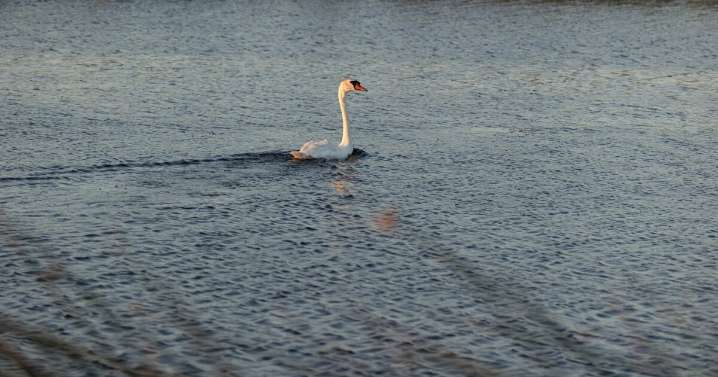On an early August morning, it didn’t take long to spot the first pair of huge white swans with orange and black bills and graceful, curving necks as they swam in the marsh along the side of a Solano County levee road.
They dabbled in the vegetation as a pickup drove through the Grizzly Island Wildlife Area. A short drive later, past a herd of a dozen tule elk, two more swans appeared in the marsh alongside the dirt road. Then four more. A few hundred yards down the road, out in the distance past a thicket of swaying reeds, dozens of swans swam in the water.
For casual bird watchers, the sight of all these majestic animals might be a pleasure and bring to mind swan-themed works of literature, such as “Leda and the Swan” and “The Ugly Duckling.”
But for wetland biologists and others with

 LAist
LAist

 America News
America News New York Post Opinion
New York Post Opinion Billboard
Billboard 5 On Your Side Sports
5 On Your Side Sports CBS News Video
CBS News Video